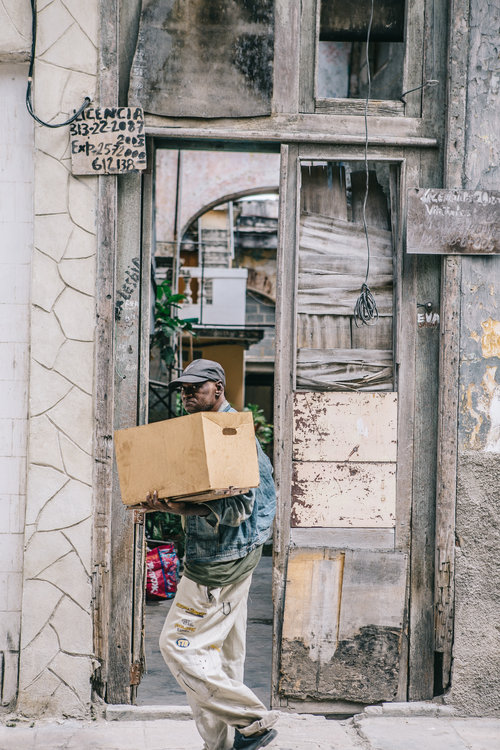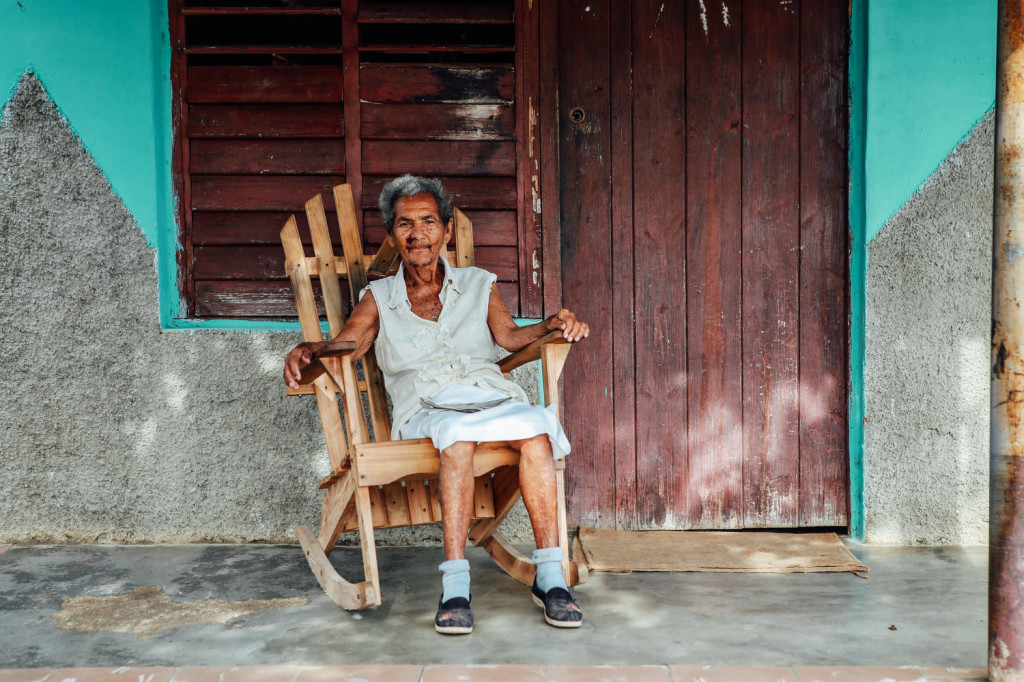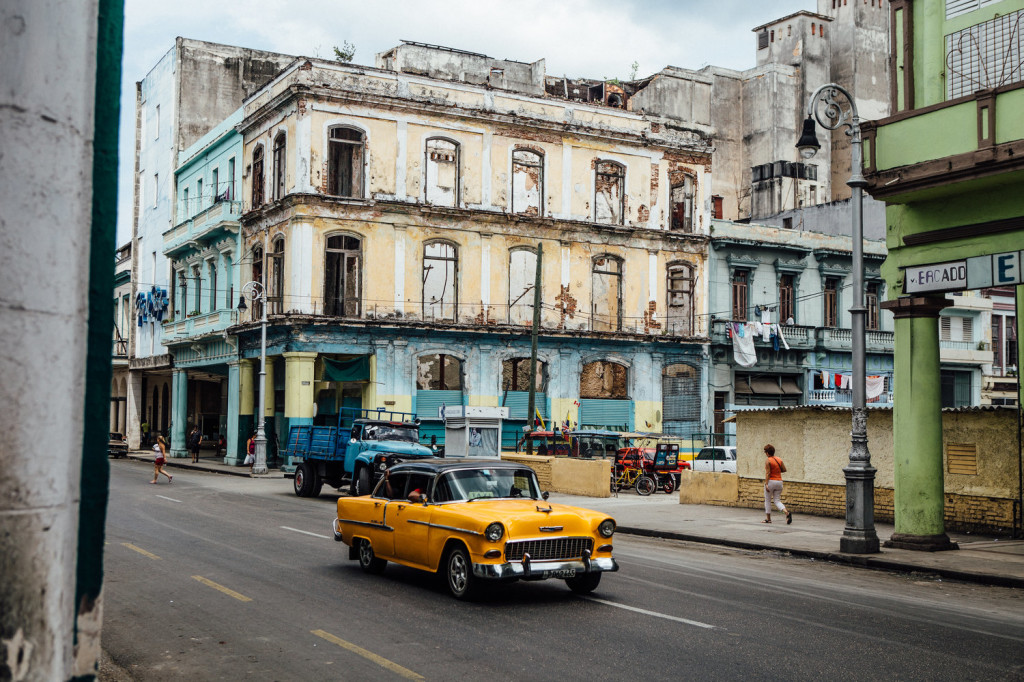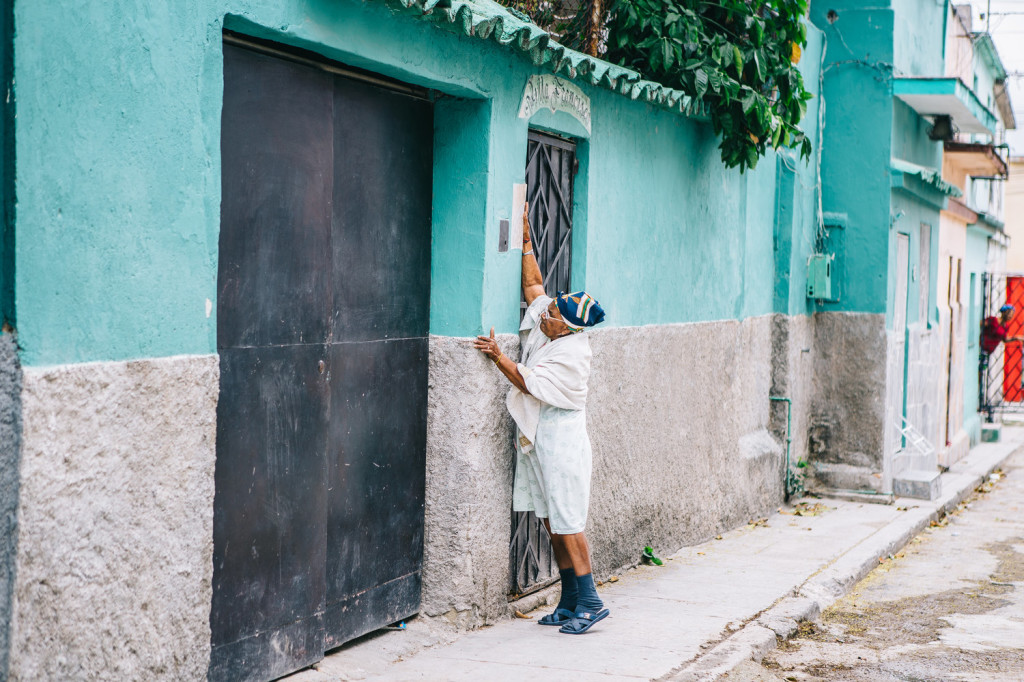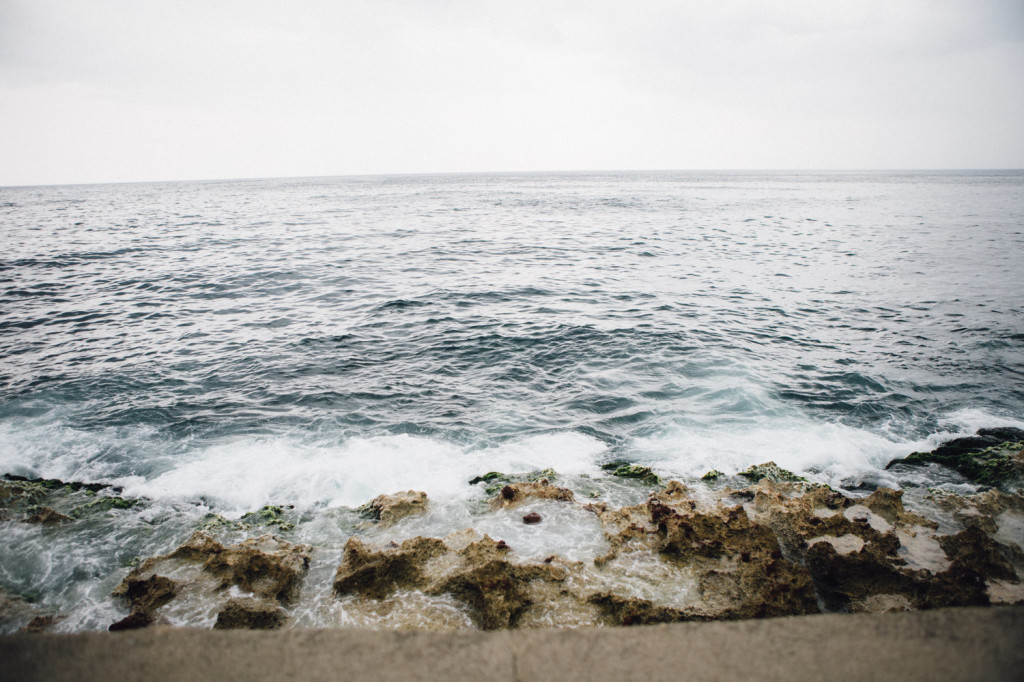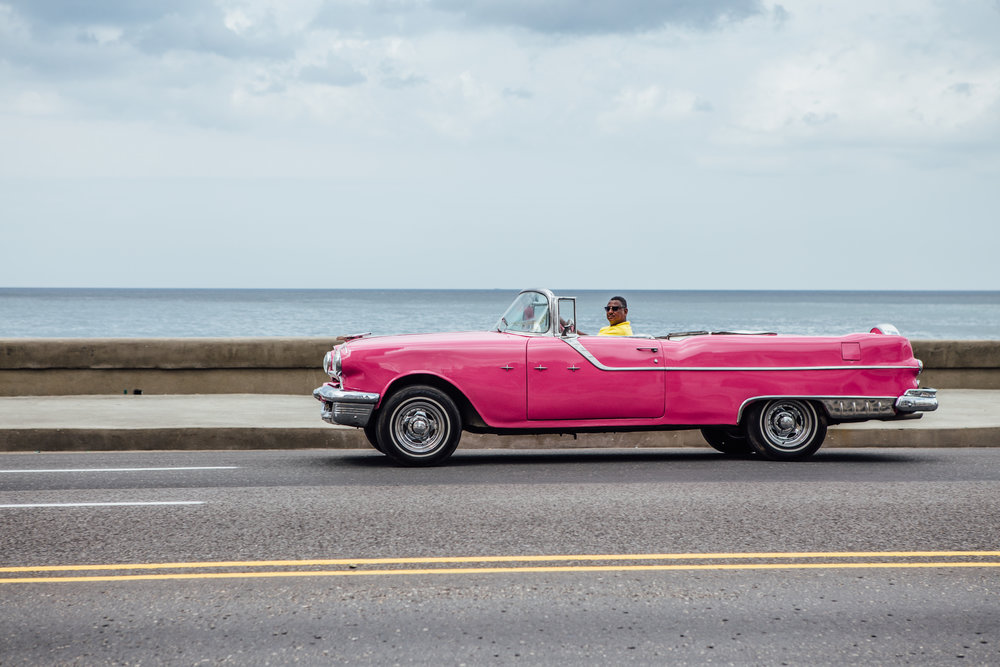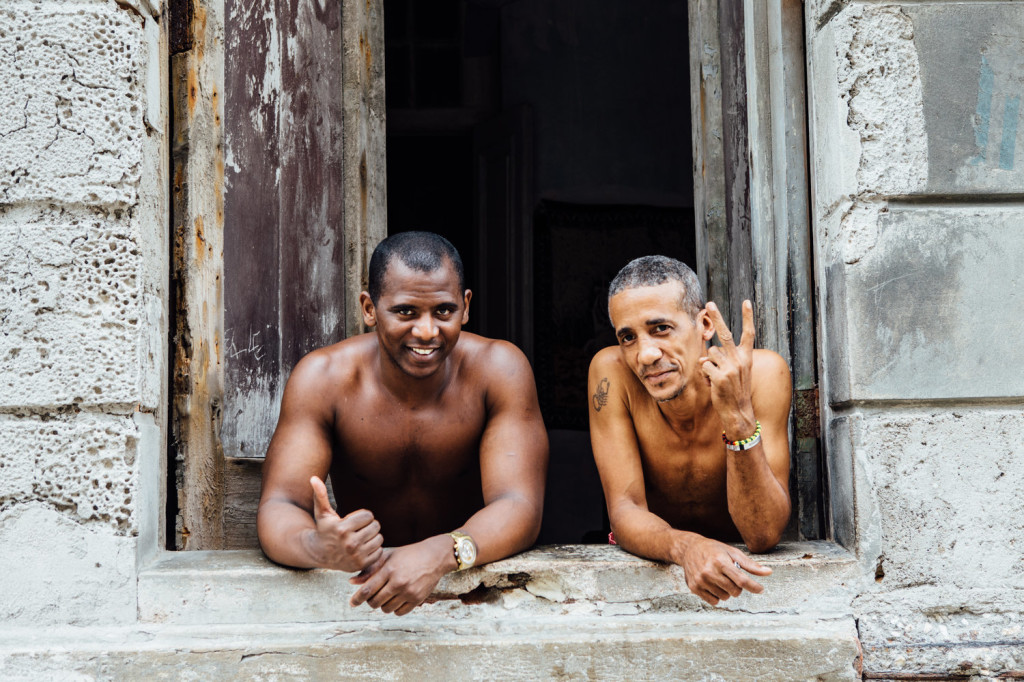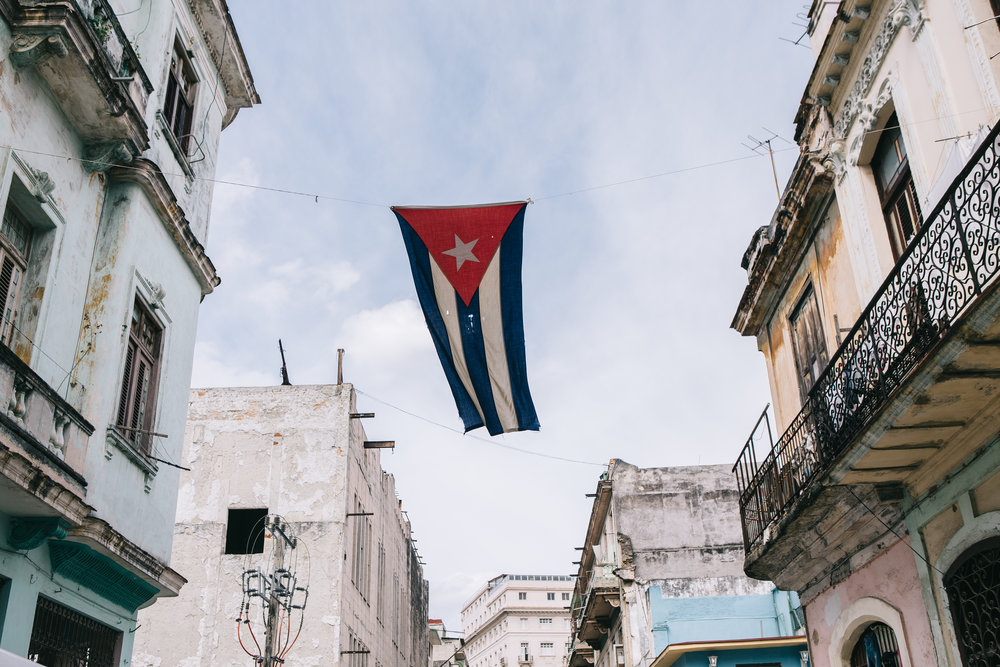A Photojournalists opinion: Cuba
Annelise Blackwood
“That will be $150” said the man behind the counter. After a little arguing, I reluctantly pulled out my cash and felt the reality of communism dig deep in to my pocket. I paid my dues and slumped my way to the security line, luckily to be compensated later by the company who sponsored our entry into Cuba. I began to weave my way through mountains of televisions, bubble wrapped suitcases, and people wearing multiple hats on their heads just waiting in line to return home. On a flight of mostly locals, there were hundreds of people trying to bring back goods that they don’t have easy access too in Cuba.
This was the beginning of a week long process to document and relay the stories of the Cuban people. As I tried to stay unbiased, the harsh truth of the circumstances that press on the backs of the people of Cuba became more apparent as the days progressed. Now, I want to be clear before I get into what I saw because many people have flawless experiences here – Cuba is a beautiful place full of even more beautiful people. The country itself holds so much life and zest that it made me want to move there immediately, and I miss it almost every day. We heard varying opinions on the reality of Cuba, but the more time spent with the same person the more truths were revealed. It is fairly easy to go to Cuba for a week, stay in government run homes or hotels, and fall into the very endearing trap that is a Communists creation of a country, but the more you dig deep and branch out from the beautifully broken city of Havana filled with colorful taxi’s and buildings, into more ‘local’ cities that can often be overlooked – the reality is shown in a more clear light.
San Cristobal and Matanzas were two small cities I visited and everyone there seemed to be pretty content. Horse drawn buggies roamed the streets and tractors made out of the parts of 30 different cars chugged along the road. Chickens were clucking around every corner and old women sat in rocking chairs on front porches watching little bits of life happen in front of them while the younger generation stole gum from my backpack and hung clothes out on the line to dry. We hitched a ride with a company called Living Waters to these towns in order to check the water quality in the wells. In spite of life carrying on, although there were a few tiffs over food rations I witnessed, there was a mass deprivation of food supply as well as cholera living in the drinking water provided by the government. These towns were filled with hard workers who would travel up to 6 hours a day to get into Havana to make money. After a day spent in the tourism industry in Havana or Varadero they would head back out to their small towns only to have hopefully made enough money to get food for their families for the night because the rations may not have been enough.
In these moments I was able to meet and interview people whom I felt deeply connected with and am lucky to now call friends. Through this process I began to understand what a standard salary looks like in the average Cubans life. The lowest salary I heard was $12 a month working at the Cigar Factory and the highest I heard was $150 a month working as a Photographer at a private night club that was frequented by mostly tourists and foreign artists. That photographer was also our fixer and his name was Damien. One day at lunch I asked him how he got his camera, being a photographer as well I figured I would ask. He told me he saved up for years for a Canon Mark III – which run around $3,000 all in – so that he could make money and create art. In order to buy that camera he would have had to work for 20 months non stop and not spend a penny of it to purchase the camera. On top of that he also didn’t have access to the camera in the country so he had to send the money to a friend and get him to bring the camera in on a flight, banking on the fact it would get through security. Seeing as at the time the country didn’t have internet or stores that sold those types of amenities. These are simple stories, ones that are real to the people of Cuba and not the worst ones I heard, but they are relatable enough to realize a stark difference in the way of life.
It is a delicate topic – Cuba, that is. One that brings a lot of emotions from all sides of the issue. I try to choose my words wisely when speaking about a Country I do not live in or have the slightest idea of what it was like to live in during the rise of Castro. I do know that through many interviews and research there is a serious divide in what once was the Cuban people – and that seems to be the biggest loss.
For more of Annalise Blackwood’s photography and travel writing, please visit her site http://annelise-blackwood.squarespace.com for photo journalism, humanitarian and travel photography and more.

